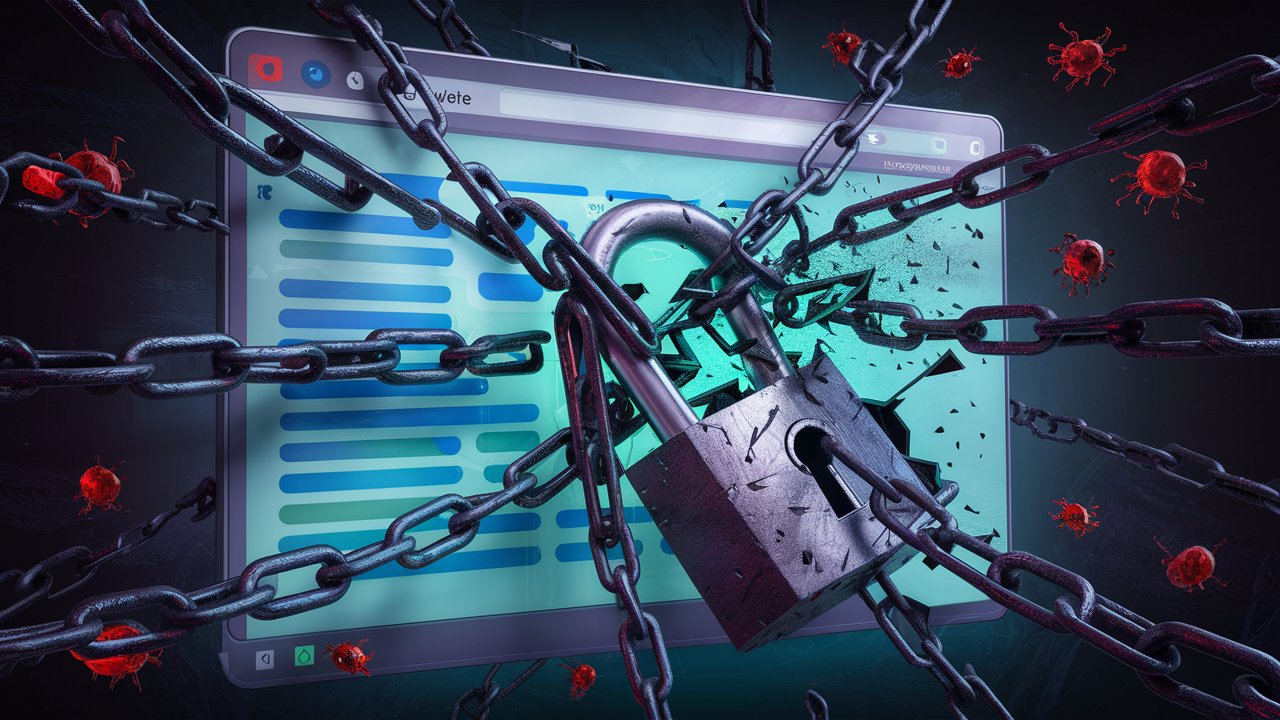When it is said that a website has been infected with malware, it means that some malicious software (malware) has been inserted or executed on the server or within the website’s code. This malware can take various forms, such as viruses, trojans, worms, ransomware, or malicious scripts, and its purpose can range from stealing sensitive information to damaging the site or using it to attack others.
Common Causes of Malware Infection on Websites:
- Vulnerabilities in the Code: Websites that have vulnerabilities in their code, such as bugs in the content management system (CMS) or in plugins, can be easily exploited by attackers to inject malware.
- Unsafe Plugins and Themes: Using outdated, unofficial, or untrusted plugins or themes can introduce malware to the site.
- Brute Force Attacks: Attackers try to guess the passwords of administrators or other important accounts on the site. If successful, they can access the system and upload malware.
- SQL Injection: This type of attack occurs when an attacker inserts malicious code into an SQL query through a form on the website. This can give them access to the website’s database, where they can insert more malware.
- Cross-Site Scripting (XSS): This technique involves attackers injecting malicious scripts into web pages viewed by other users. This can allow the distribution of malware or theft of information.
- Unauthorized Server Access: If an attacker gains access to the server where the website is hosted (for example, through weak passwords or system vulnerabilities), they can upload and execute malware

Consequences of Malware Infection:
- Data Theft: Attackers can steal sensitive data, such as customer information, credit card details, or user credentials.
- Website Defacement: The website may be altered to display unauthorized content, ads, or political messages.
- Malicious Redirection: The malware can redirect site visitors to other malicious or phishing websites.
- Search Engine Penalties: Search engines may flag the site as unsafe, which reduces traffic and harms the site’s reputation.
- Loss of Control: The site owner may lose access and control over the site, leading to data loss or a compromise of the site’s integrity.
Preventing a malware infection involves keeping software up to date, using strong passwords, conducting regular security audits, and ensuring that all plugins and themes come from trusted sources.



0 comentarios